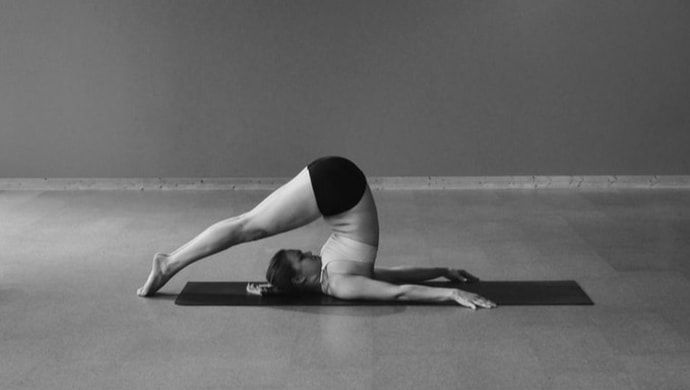|
Modern yoga practitioners often embrace the idea of equality and relate it to the ancient spiritual teachings of yoga. This can lead to positive developments like the cultivation of compassion and humility. But it can also lead to more troublesome developments like the belief that any suffering is in our own minds and therefore our own fault, which can cause us to be apathetic, overlooking ingrained prejudice and inequality.
Let's take a look at where the concept of 'equality' in yoga comes from, and what it means when someone says 'we are all one'. THE ESSENCE... In many ancient yogic texts, there is the belief that all of reality is underpinned by a single universal consciousness, called brahman. This means that a computer is nothing but brahman, a dog is nothing but brahman, you are nothing but brahman, and I am nothing but brahman. It is not unlike the recognition that all the objects in the universe are made of energy, whether that energy manifests as light, a hydrogen atom, a drop of water or a human being. When you look underneath the differences in external appearance, the same essence underlies everything. So when a yogi says 'we are all one', this really means that the essence which underlies all existence, including yours and mine, is the same. NAMES AND FORMS...AND HUMAN IMBALANCE But what this does not mean is that you and I are the same, nor that our experiences are the same. In the very same ancient texts is the recognition that when we are born as humans, we take on a distinct physical form that is separate from other forms. For example, I am separate from the computer, and I am separate from you. We take on a name and a form. Our essence is still brahman, but our names and forms are different. The goal of spiritual practice in this vein is to recognize our true essence as brahman rather than this body and mind. But it does not mean that our bodies, minds, histories, goals and identities are the same. The physical world is quite different from the spiritual world. We must recognize that we, as humans, create imbalance in the world. We take objects from one place and move them to another. We cut down trees to build houses, and we protect our own families by destroying others. While these things are all, by definition, brahman, that does not mean that our 'names and forms' are all inseparable. If it did, we would be just as happy to be eaten by a fish as to eat the fish ourselves. SPIRITUAL EQUALITY vs PHYSICAL EQUALITY While we may believe that we are the same on an essential, spiritual level, this certainly does not manifest into the physical realm of human bodies and minds. The way that the yogic concept of spiritual equality — that 'we are all one' — manifests in the world is infinitely complex and frustrating. Our human minds and bodies are designed to be selfish, even if our spirits are 'one'. We are born with the need to feed and protect our bodies at the expense of pretty much everything around us. This is what the yogis call 'ignorance' (avidya) and 'ego' (asmita), two foundational problems of every human. So next time someone says 'we are all one', recognize that it is a spiritual statement but not a physical, human one. If we seek to make the physical world more like the spiritual one, we must make the effort to subordinate our own desires to the good of others, and to make the human world more equal through our own action.
0 Comments
Leave a Reply. |
AUTHORSScott & Ida are Yoga Acharyas (Masters of Yoga). They are scholars as well as practitioners of yogic postures, breath control and meditation. They are the head teachers of Ghosh Yoga.
POPULAR- The 113 Postures of Ghosh Yoga
- Make the Hamstrings Strong, Not Long - Understanding Chair Posture - Lock the Knee History - It Doesn't Matter If Your Head Is On Your Knee - Bow Pose (Dhanurasana) - 5 Reasons To Backbend - Origins of Standing Bow - The Traditional Yoga In Bikram's Class - What About the Women?! - Through Bishnu's Eyes - Why Teaching Is Not a Personal Practice Categories
All
Archives
May 2024
|







 RSS Feed
RSS Feed